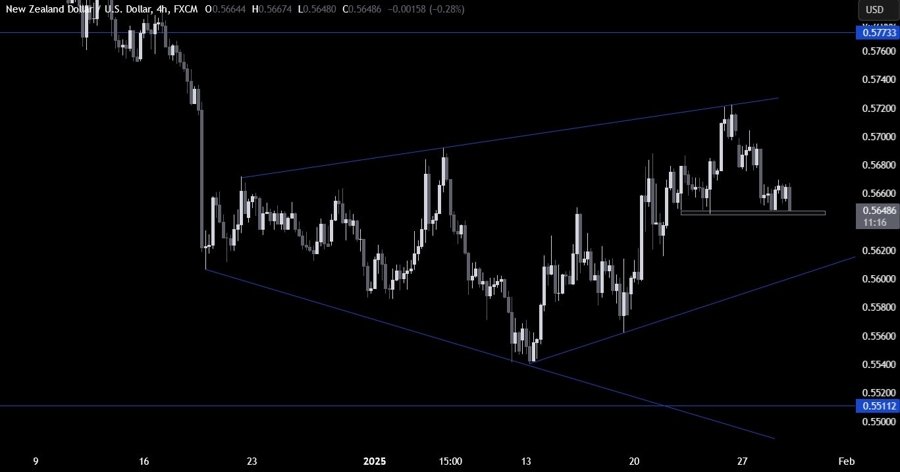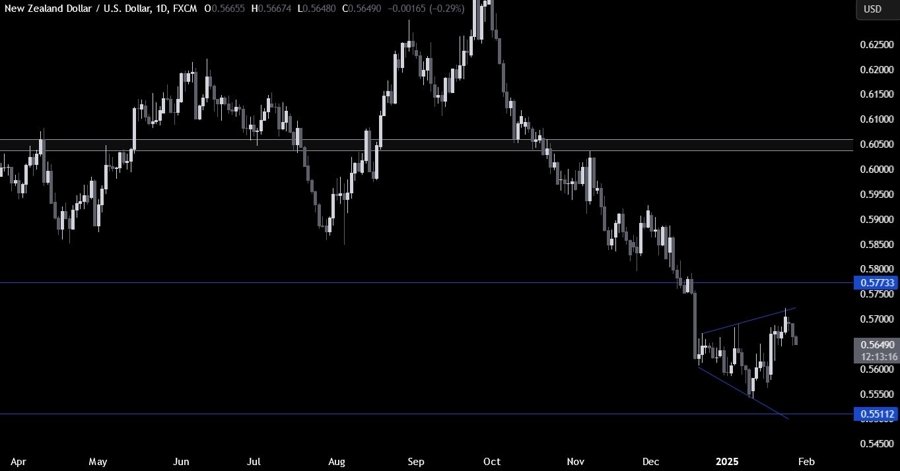Welcome back to my daily blog on forex day trading! In the last few posts, we’ve covered the basics of getting started, common mistakes to avoid, beginner-friendly strategies, and how to read forex charts. Today, we’ll dive into the top 5 forex day trading strategies that actually work.
Day trading is fast-paced and requires a solid strategy to navigate the volatility. The strategies I’ll share today are proven, straightforward, and can be used by traders of all experience levels. Whether you’re a beginner or looking to refine your approach, these strategies will help you make consistent profits.
1. Trend Following Strategy
Why It Works: The trend is your friend, and this strategy capitalizes on that.
How It Works:
- Identify the trend using moving averages (e.g., 50-period and 200-period).
- Enter trades in the direction of the trend.
Rules:
- Buy Signal: When the 50-period MA crosses above the 200-period MA.
- Sell Signal: When the 50-period MA crosses below the 200-period MA.
Example:
- On the EUR/USD chart, the 50-period MA crosses above the 200-period MA, signaling an uptrend. You enter a buy trade.
Tips for Success:
- Use higher timeframes (e.g., 1-hour or 4-hour charts) for more reliable signals.
- Combine with a stop-loss below the recent swing low (for buys) or above the swing high (for sells).

2. Breakout Strategy
Why It Works: Breakouts often lead to strong, sustained moves.
How It Works:
- Identify key support and resistance levels.
- Enter trades when price breaks through these levels.
Rules:
- Buy Signal: When price breaks above a resistance level.
- Sell Signal: When price breaks below a support level.
Example:
- On the GBP/USD chart, price breaks above a resistance level at 1.4000. You enter a buy trade, expecting the uptrend to continue.
Tips for Success:
- Wait for a candle to close above/below the level to confirm the breakout.
- Use a stop-loss just below the breakout level (for buys) or above it (for sells).

3. Scalping Strategy
Why It Works: Scalping takes advantage of small price movements, which occur frequently.
How It Works:
- Use short timeframes (e.g., 1-minute or 5-minute charts).
- Enter and exit trades quickly to capture small profits.
Rules:
- Buy Signal: When price bounces off a support level or a moving average.
- Sell Signal: When price hits a resistance level or a moving average.
Example:
- On the USD/JPY chart, price bounces off a support level at 110.00. You enter a buy trade and exit after a 10-pip profit.
Tips for Success:
- Use tight stop-losses to minimize risk.
- Focus on high-liquidity pairs (e.g., EUR/USD, GBP/USD).

4. Range Trading Strategy
Why It Works: Markets often move sideways, creating predictable ranges.
How It Works:
- Identify key support and resistance levels.
- Buy at support and sell at resistance.
Rules:
- Buy Signal: When price bounces off a support level.
- Sell Signal: When price bounces off a resistance level.
Example:
- On the AUD/USD chart, price repeatedly bounces off a support level at 0.7500. You enter a buy trade each time it reaches this level.
Tips for Success:
- Use indicators like RSI to confirm overbought/oversold conditions.
- Avoid trading during news events, as they can cause breakouts.
5. News Trading Strategy
Why It Works: High-impact news events cause significant price movements.
How It Works:
- Monitor the economic calendar for major news events (e.g., Non-Farm Payrolls, interest rate decisions).
- Enter trades based on the market’s reaction to the news.
Rules:
- Buy Signal: If the news is bullish for a currency, buy the pair.
- Sell Signal: If the news is bearish for a currency, sell the pair.
Example:
- The Federal Reserve announces an interest rate hike, which is bullish for the USD. You enter a buy trade on USD/JPY.
Tips for Success:
- Use a demo account to practice news trading, as it can be highly volatile.
- Set tight stop-losses to manage risk.
How to Choose the Right Strategy for You
Not all strategies work for all traders. Here’s how to find the one that suits you:
- Test on a Demo Account: Try each strategy for at least 2–3 weeks.
- Match Your Personality:
- If you’re patient, try trend following or range trading.
- If you like quick trades, try scalping or breakout trading.
- Consider Your Schedule:
- If you can’t monitor the market all day, focus on higher timeframes (e.g., 1-hour or 4-hour charts).
Common Mistakes to Avoid
- Overcomplicating: Stick to one strategy at a time.
- Ignoring Risk Management: Always use stop-losses and risk only 1–2% per trade.
- Overtrading: Wait for high-probability setups instead of forcing trades.
Consistency is Key
The key to success in forex day trading is consistency. By mastering one or two strategies and sticking to them, you can build a solid foundation and grow your account over time. Remember, trading is a marathon, not a sprint.
Action Plan for Beginners:
- Choose one strategy (e.g., trend following).
- Test it on a demo account for 2–3 weeks.
- Once confident, start trading with micro lots on a live account.
- Keep a trading journal to track your progress.
Discover the top 5 forex day trading strategies that actually work—trend following, breakout trading, scalping, range trading, and news trading.
